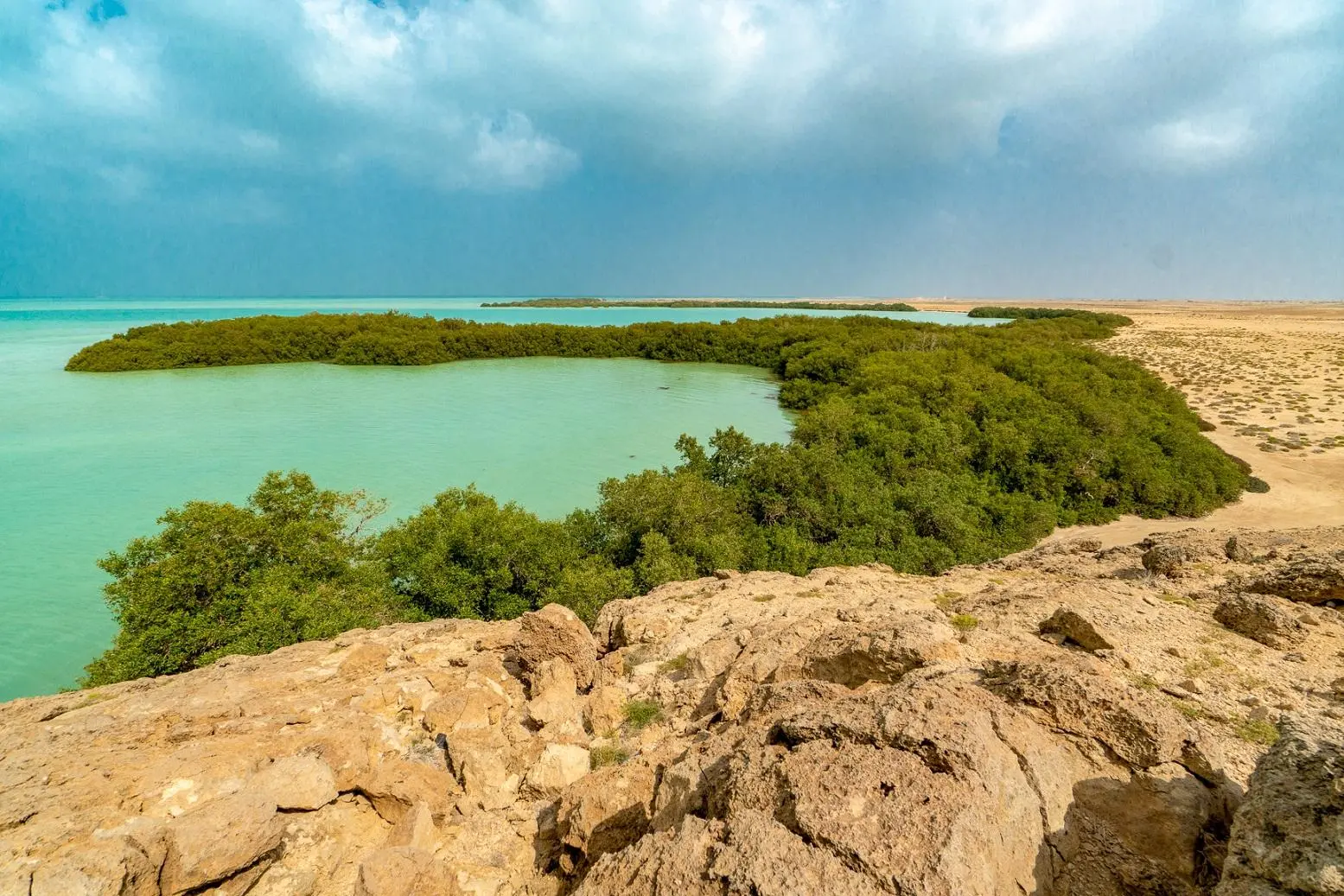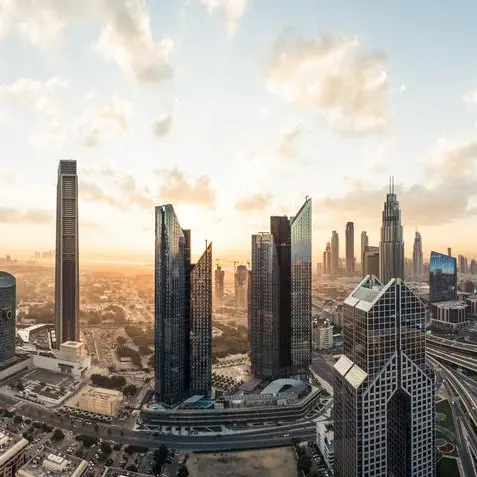PHOTO
This is especially noticeable during summer, when people migrate to the village to escape from the heat.
For more than 50 years, Al-Qassar’s historic homes have witnessed vibrant ceremonies, as their walls were built with stones, roofed from palm tree fronds, and adorned with seashells and beautiful Arabic inscriptions.
Saudi historian and poet Ibrahim Moftah said that Al-Qassar is one of the first villages that was inhabited in the Arabian Peninsula hundreds of years ago. The village enjoys moderate weather, is covered with palm trees, and is full of fresh wells and rich in history and events, he added.
“Farasan was a deserted island on all levels and the love of change is in the nature of Jizani people, so they used to go to Al-Qassar for change,” he told Arab News.
He said that at the beginning of the month of April, the village becomes a top destination for those seeking moderate climates and potable water. “Water in Al-Qassar can be found at a depth of six meters, whereas it can only be found in Farasan at a depth of 23 meters.”
Previously, most travel and trips to Al-Qassar village were during what Farasani people call the “Shaddah” season, where families ride camels to travel.
People of Farasan would postpone their wedding ceremonies in order to travel to Al-Qassar in summer, where the weather is cool during the Shaddah season.
Those trips to the village were done in two phases: One morning trip for a bride, who rides a camel carrying water and boxes with accompanying music, and another second trip during the afternoon for families.
“The Farasan people used to celebrate new brides in Al-Qassar in a unique way, especially if the bride was in the first year of her marriage, amid the chants and songs of joy,” said Moftah. “A calm and trained camel is chosen, then they decorate the camels with beads, pearls and silk, and copper bells that are fixed to its ankles to make sounds as it walks.”
HIGHLIGHTS
• For more than 50 years, Al-Qassar’s historic homes have witnessed vibrant ceremonies, as their walls were built with stones, roofed from palm tree fronds, and adorned with seashells and beautiful Arabic inscriptions.
• Previously, most travel and trips to Al-Qassar village were during what Farasani people call the ‘Shaddah’ season, where families ride camels to travel.
• People of Farasan would postpone their wedding ceremonies in order to travel to Al-Qassar in summer, where the weather is cool during the Shaddah season.
Moftah said that before a bride’s trip to Al-Qassar, “young women gather at the bride’s house and start singing, then they start their trip with the bride in the forefront. The camels would also be carrying wooden boxes that used to arrive from Aden and are made in India, loaded with expensive clothes and perfumes. The bridesmaid accompanies the bride, and she is usually of a similar weight. Men and women would stand on the sides to wave goodbye to the bride’s procession.”
The bride is then received in Al-Qassar with jugs of water and chants.
However, Moftah said that “nowadays, there are no more camels in Farasan” and that “life has changed and these traditions ended 50 years ago,” as cars, modern homes and air-conditioners have become common and Al-Qassar is no longer an escape or a shelter for anyone, now only home to “deserted houses and souvenirs.”
According to the Saudi historian, official festivals and a surge in tourism “was not fair” to the history of Al-Qassar village, as older traditions were not properly represented. “The region has lost one of the most beautiful cultural traditions.”
Saudi tourist guide Yahya Abbas said that Al-Qassar village consists of old buildings and is located in the south of Farasan Island, and includes almost 400 houses fixed with tree fronds, small stones and sand “to prevent water leaks.”
He added: “The history of this village dates back to the Roman era, and there are writings and drawings dating back to the Himyarite era.
“The village is considered the largest palm oasis in the region, with plenty of fresh wells.”
Abbas said that Al-Qassar has now become an area for tourists and visitors who want to discover its history and that of the Farasan Islands, as well as view the ancient houses in the village.
Copyright: Arab News © 2021 All rights reserved. Provided by SyndiGate Media Inc. (Syndigate.info).












